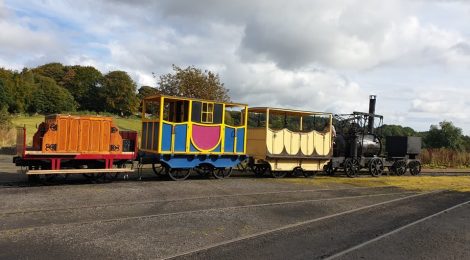
T&I News 21 2019…
It has been a very busy few weeks, so here is a roundup of what has been taking place within the transport team at the museum… This post sweeps up quite a lot of work around the department.
Waggonway
Below: The commissioning of the Brampton carriage at the Waggonway has now been completed. Some modifications were required to ensure the running boards clear the platform steps, but it has now been added to the train for daily operation – making for something of a garish (colourful!) assemblage of stock, seen here in Jorden Sayer’s photographs.
Rowley Station
Below: The station staff have been progressing cosmetic improvements around the station, including the ongoing refurbishment of the GW Mink van; this being chosen due to it being in basically sound condition and therefore it was considered ‘low hanging fruit’ in terms of making a start on smartening up some of the rolling stock at Rowley. Peter, one of our engagers, is seen marking out the letters on the sides of the van…
Below: The Armstrong Whitworth diesel electric shunter has now departed for the Tanfield Railway. It was moved last Thursday. It has come on loan with a view to providing operational interest as well as being a spare locomotive available at short-notice. However, it requires a great deal of work to reach reliable operational status, and so it was decided it wasn’t a priority, especially given that it is on loan to us. The locomotive ran only on a few occasions, and has not been on public display – whence the decision not to renew the loan. It is seen here waiting collection last week.
Bus Depot
Below: The contractor has been busily working on the closing stages of the bus depot project, with a view to completing and handing over the building this week. Large concrete aprons have been cast, the building is now wired and undergoing final painting and this week the snagging work will commence. It is likely that we will receive the keys next week, at which point some work is required from our staff to install workshop equipment and items such as a bus wash and waste oil storage. There is also quite a bit of landscaping to do before we consider the job finished!
Below: With handover imminent, the building is being tested and commissioned, with final snagging identified and detail works being completed.
Below: Tram depot space is at a premium, and there are some major developments planned for working facilities once the buses move out – 220 and 4 show just how much space they take up in the tramcar depot. Noting a recent news feature in Old Glory Magazine, it is worth putting on the record that we own both of these buses, 220 initially coming on loan before we completed its purchase a couple of years ago.
Below: A reminder of why we need a new depot! J2007 sits awkwardly on the tram pit for maintenance and inspeciton last week.
Below: Darlington 4 visited the new Go North-East bus depot in Consett to make use of their testing facilities, as part of its ongoing commissioning for service at Beamish. We are extremely lucky to benefit from their support and this may also be the first time a historic vehicle (or half-cab, rear entrance or front engine?) bus has visited the Hownsgill depot.
Below: Using letters donated by an enthusiasts (and which were recovered from a Northern depot), the sign for the main gable end of the building is well advanced.
Below: An important test is seen here, which was carried out last Thursday and saw the first two buses enter the new depot for the very first time… 4 and 220 carried out the test, which established that they will fit, both height and lengthwise! Whilst the drawings were prepared based on our largest motorbuses, it is a huge relief to see them actually inside the depot, with room to spare as Terry Pinnegar’s photographs show.
Crosville 716
Below: Russell visited the contractor carrying out the final restoration stages and assembly of the Leyland Cub bus which is being restored and adapted to give us a second accessible bus for the museum. Searching back ‘Leyland Cub’ or ‘716’ on the blog (or look under the leaft hand heading ‘Bus Restorations’) will bring out the various posts charting this lengthy and extensive recovery and restoration project, and it is exciting to see the final stages of the bodywork now being tackled.
Much thought has been given to the rear door entry to the vehicle – initially the original door was to be replicated, with a ramp to access the saloon for wheelchairs. The ramp has been discounted, in favour of a powered lift to the same design of the well-proven lift used on J2007 already in use at Beamish. The headroom was also a concern, so an adaptation in keeping with the rest of the vehicle has been created in order to ensure the easiest possible operating environment for staff and visitors using the bus – which was considered more important than a slavish replication of what had been there before.
Below: The internal framework for the door, also showing the underside of the domed roof, recovered from the original and which has always been something of a sticking point in the project, being a very complex component to either restore or replicate.
Below: An overall view of the rear of 716, showing the new double doors and roof modifications. The lift will be mounted below the chassis, as with J2007. Some thought is being given to a form of raised platform at Beamish, initially for use in emergencies (lift failure for example) where the bus can be reversed up to the platform to enable egress – maybe something like those platforms constructed for farm milk churn collection/return. In time this may be an alternative to using lifts at all, but requires substantial infrastructure across the bus routes to enable it to be accomplished, along with a rigorous procedure for the reversing of buses etc. Time taken doing that would be saved by level access to the saloon however. Something we continue to ponder as a medium-term development however…
Below: For newer readers of the blog, here is a reminder of what we are aiming to achieve with 716…
Below: This is where we started… The project was started by Historic Vehicle Restorations in Surrey, who carried out a stunning restoration of the mechanical elements and numerous other details, as well as the majority of the body reconstruction. The decision to restore a ‘wreck’ was taken based upon the desire to not compromise the historical authenticity of an existing, restored (or complete) vehicle, with the adaptations that would be necessary to carry wheelchairs. It gave us a blank canvas and also ensured the restoration meant we knew every component in the bus. A large number of spares have also been acquired or manufactured along the way, to ensure the longevity of 716 in service. We also have a second, slightly larger (and more complete) Cub in store, pending future restoration and adaptation as an additional accessible vehicle. As we’ve seen lately, J2007 going out of service causes huge inconvenience and requires modern minibuses to access the site – something that looks awful and really doesn’t offer an equivalent experience for their passengers.
Below: Jonathan Clay’s painting, which was commissioned to show what the finished bus should look like…
Power from the Past
Below: Last weekend the museum held the Power from the Past event, which is a modest transport gathering enabling some vehicles that wouldn’t appear at other events to make full use of the site’s roads. Colin Slater sent these images through from the occasion, as neither Matt or I were around that weekend.





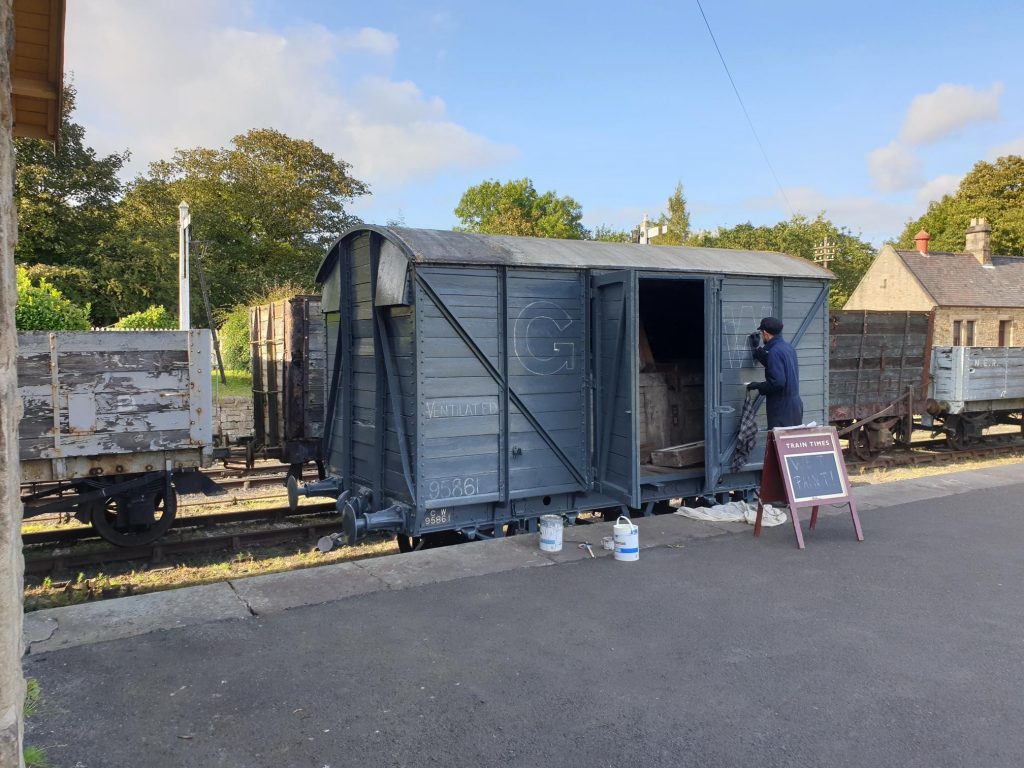
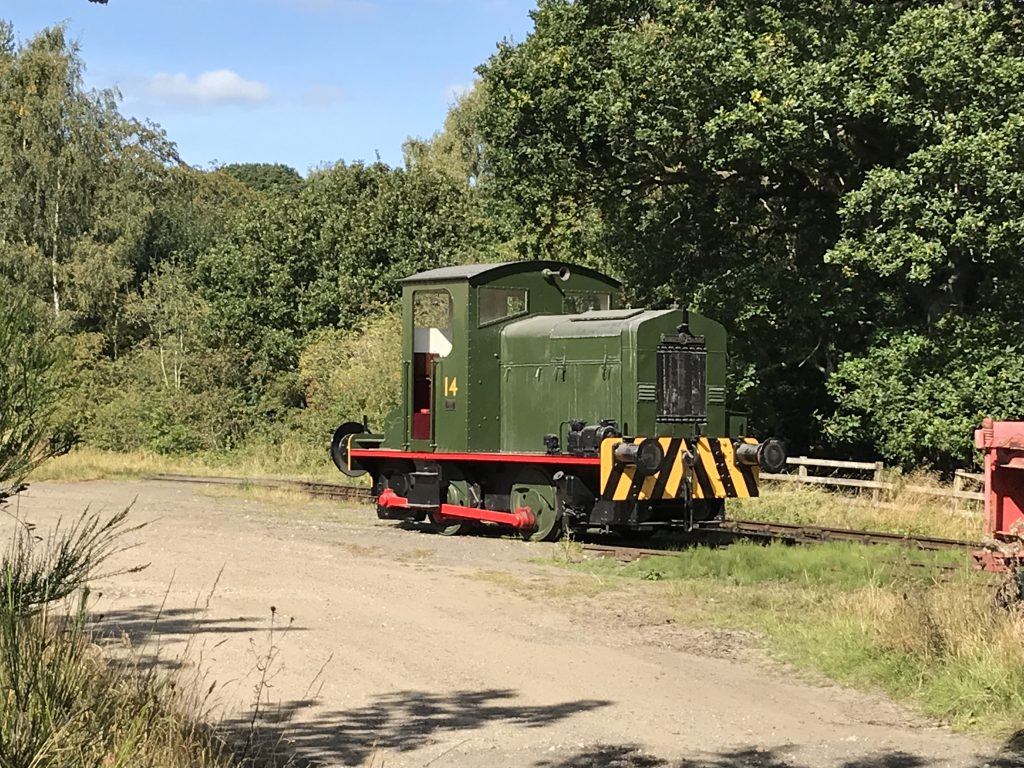
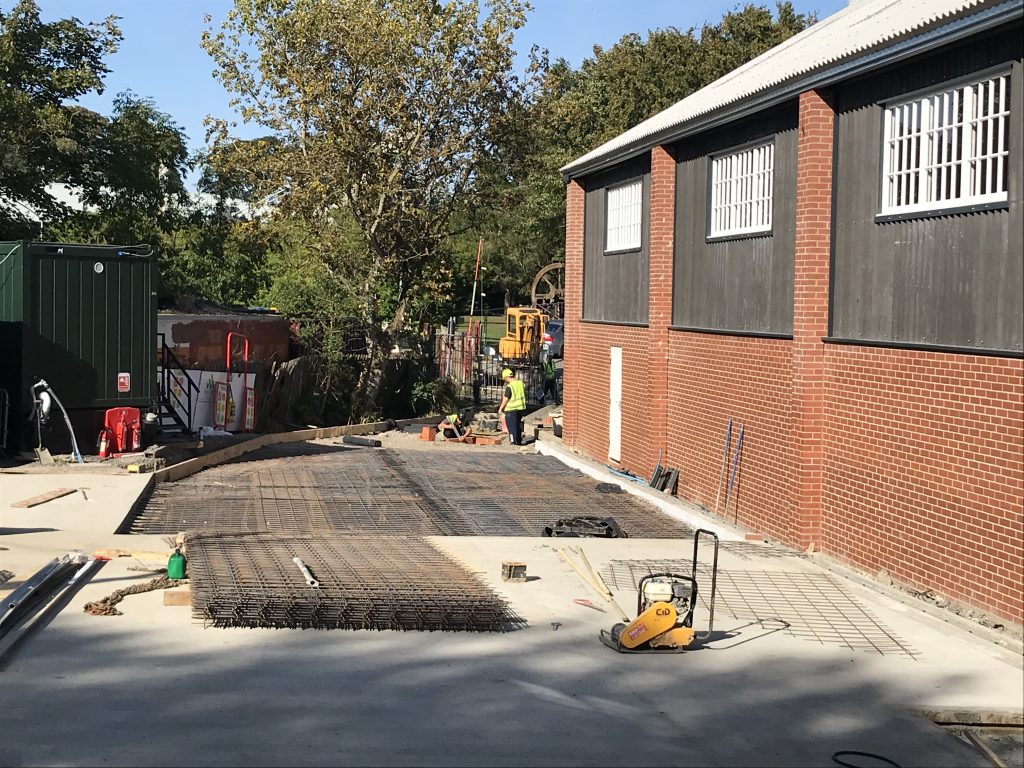
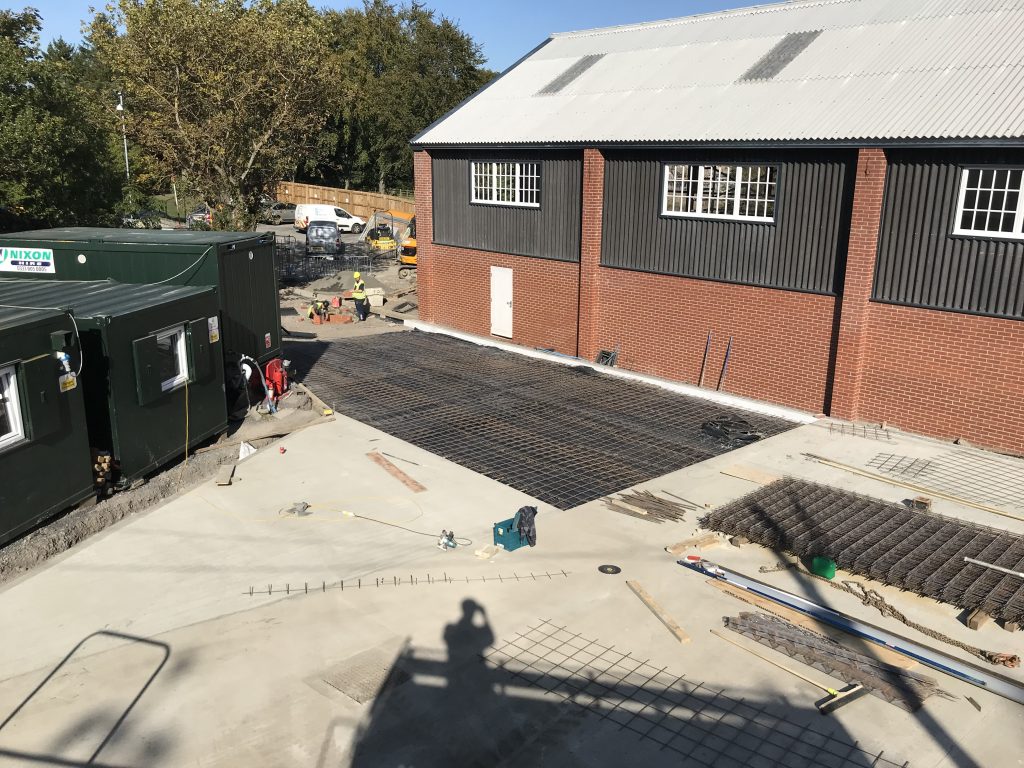
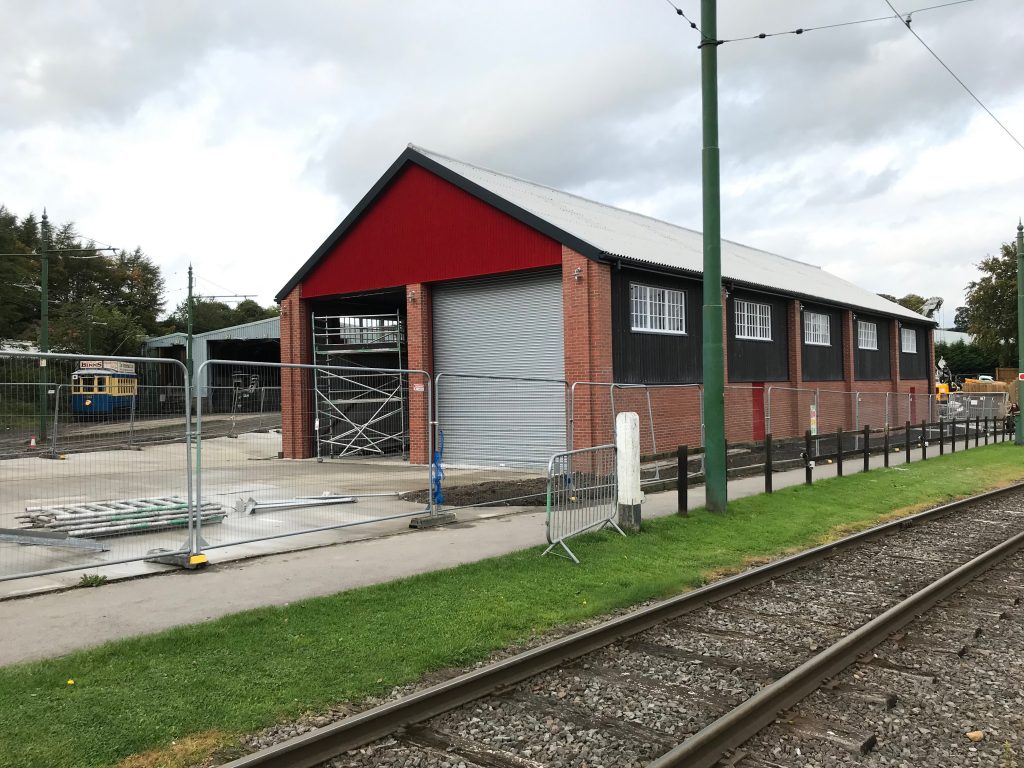
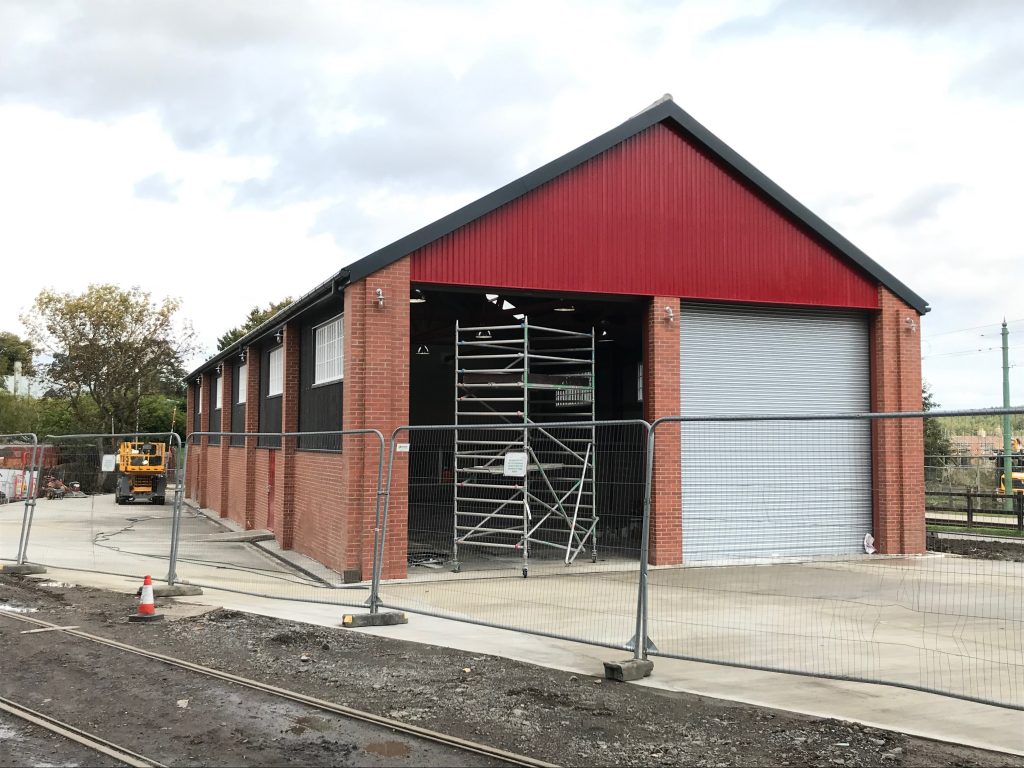

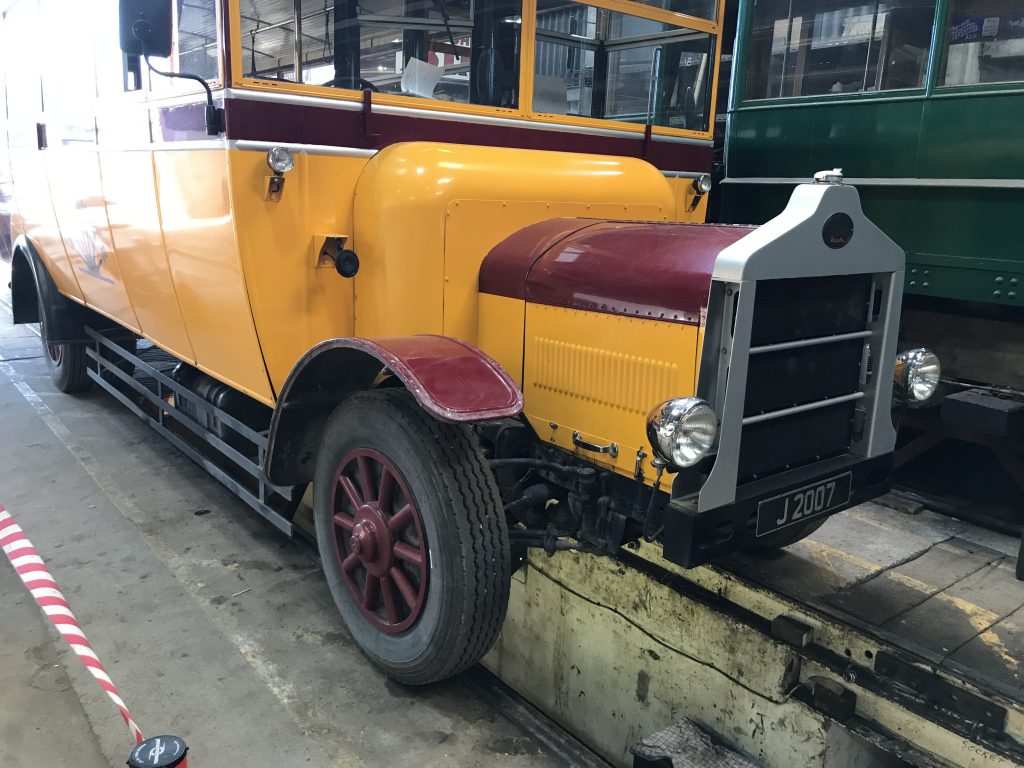
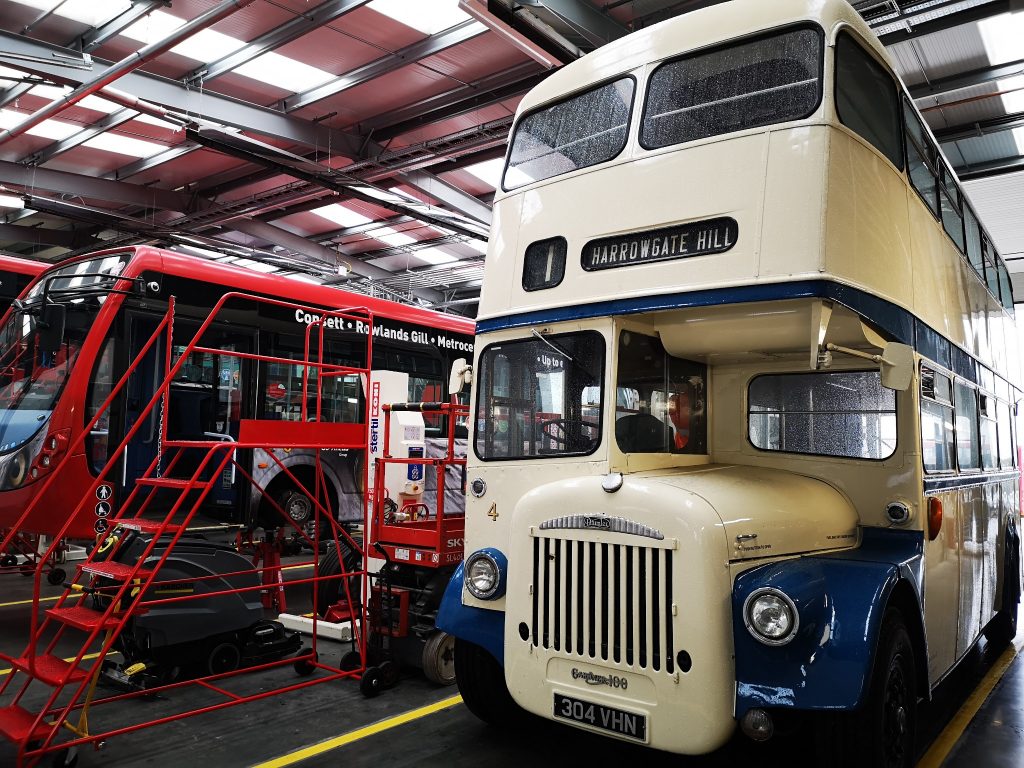
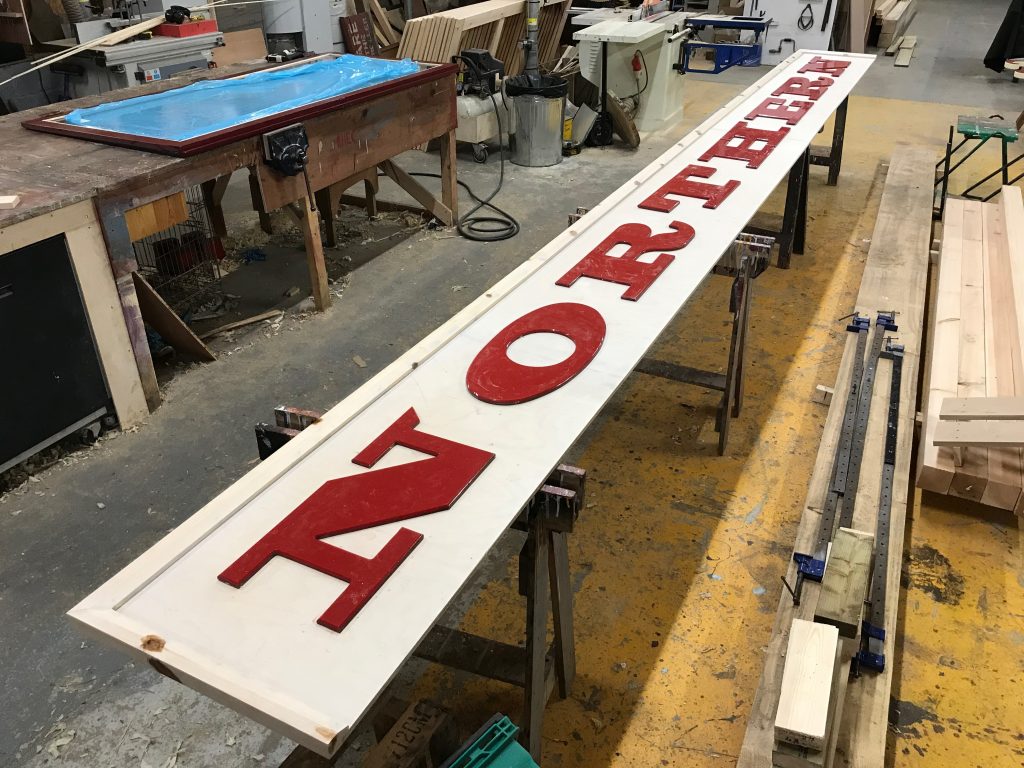
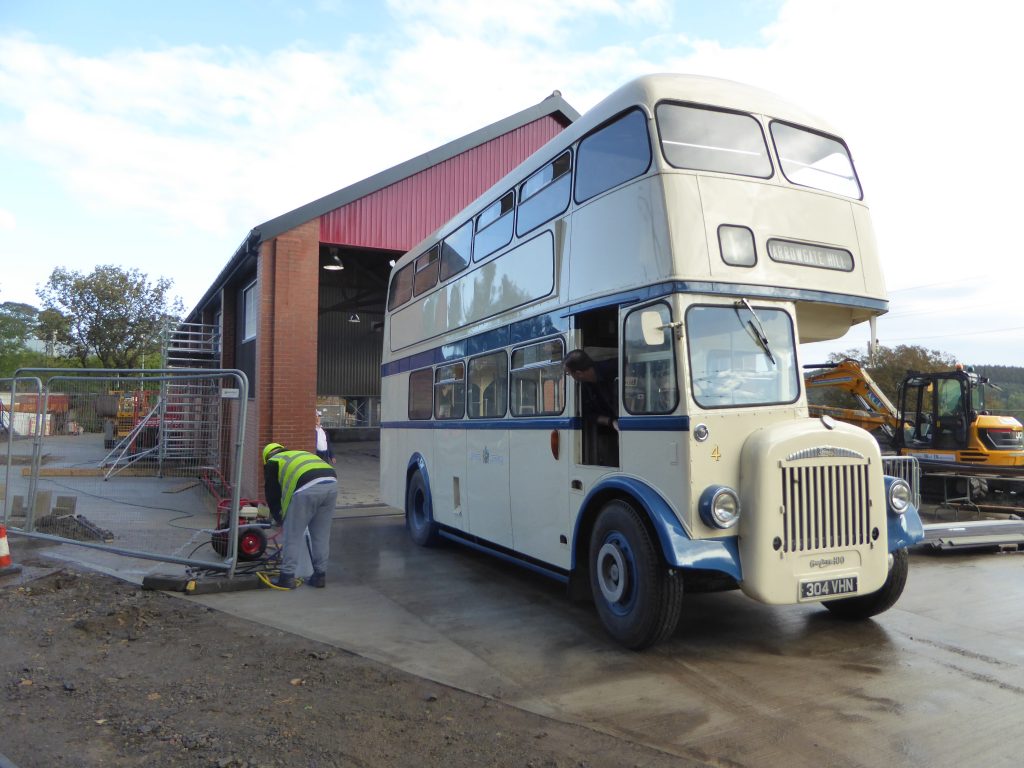




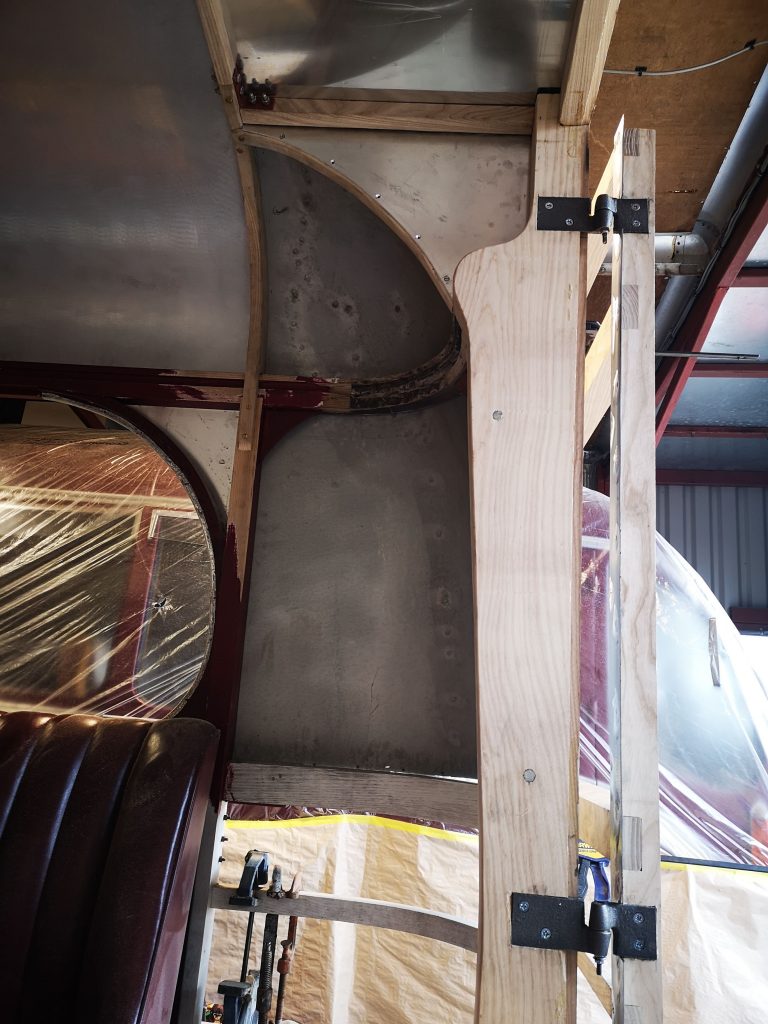
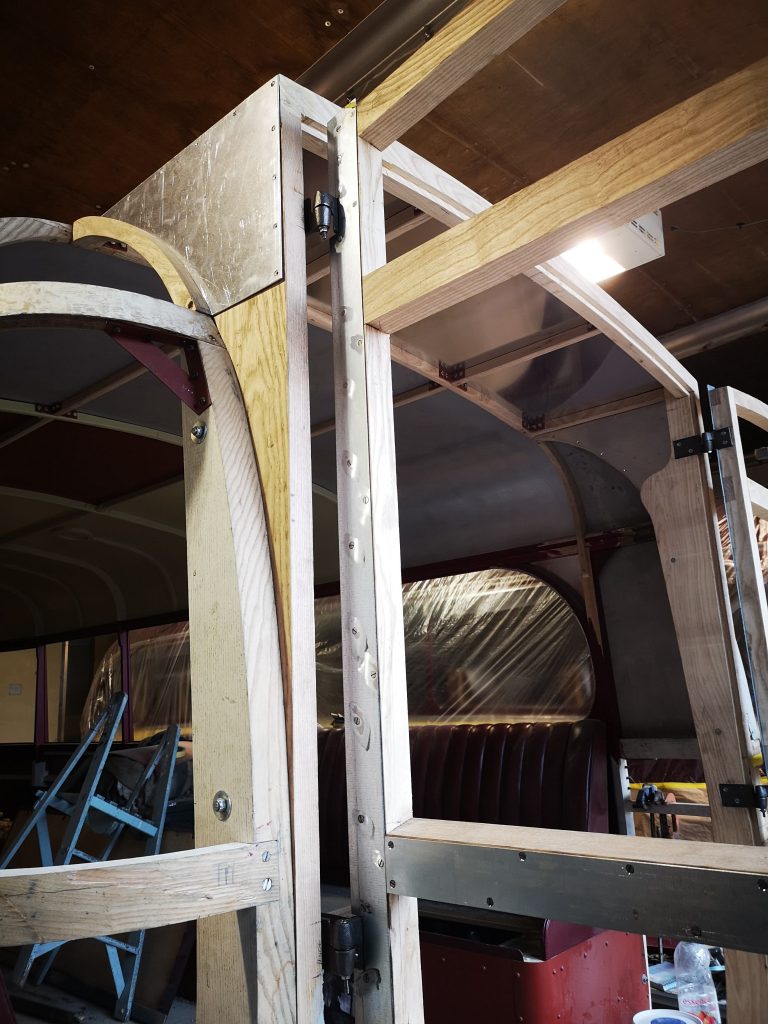
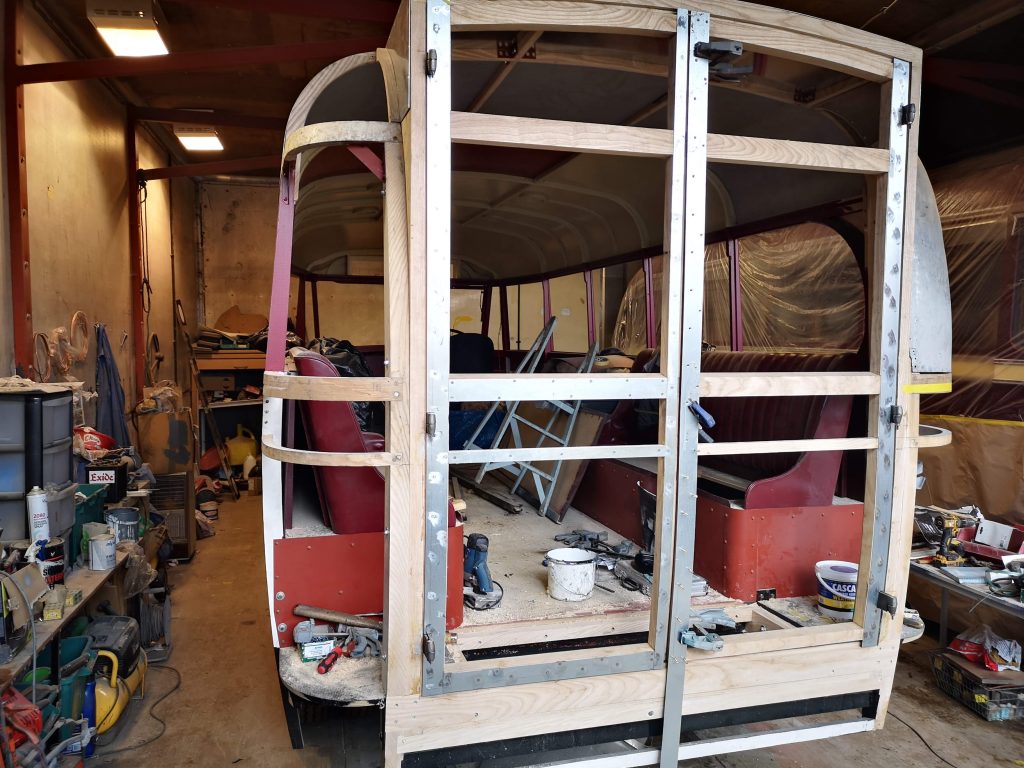

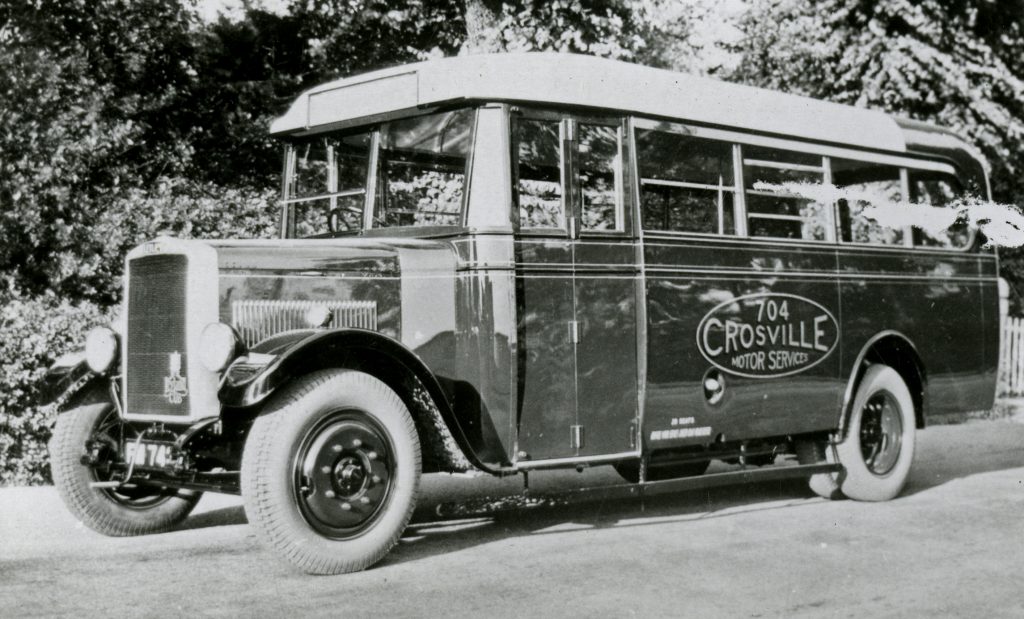
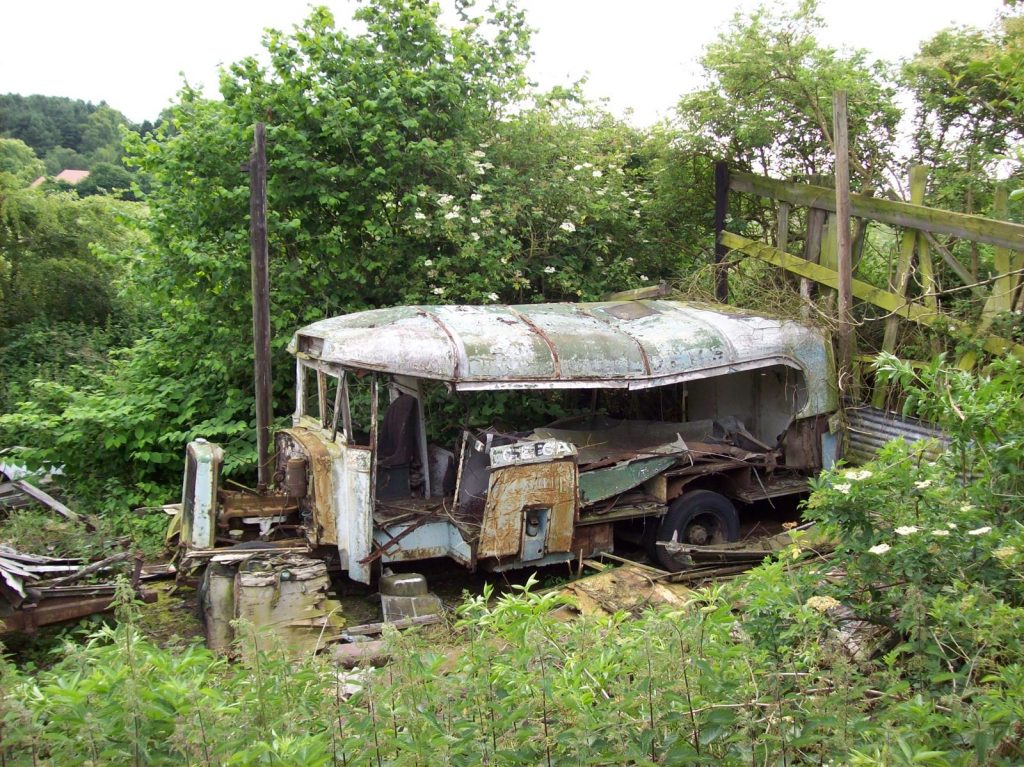
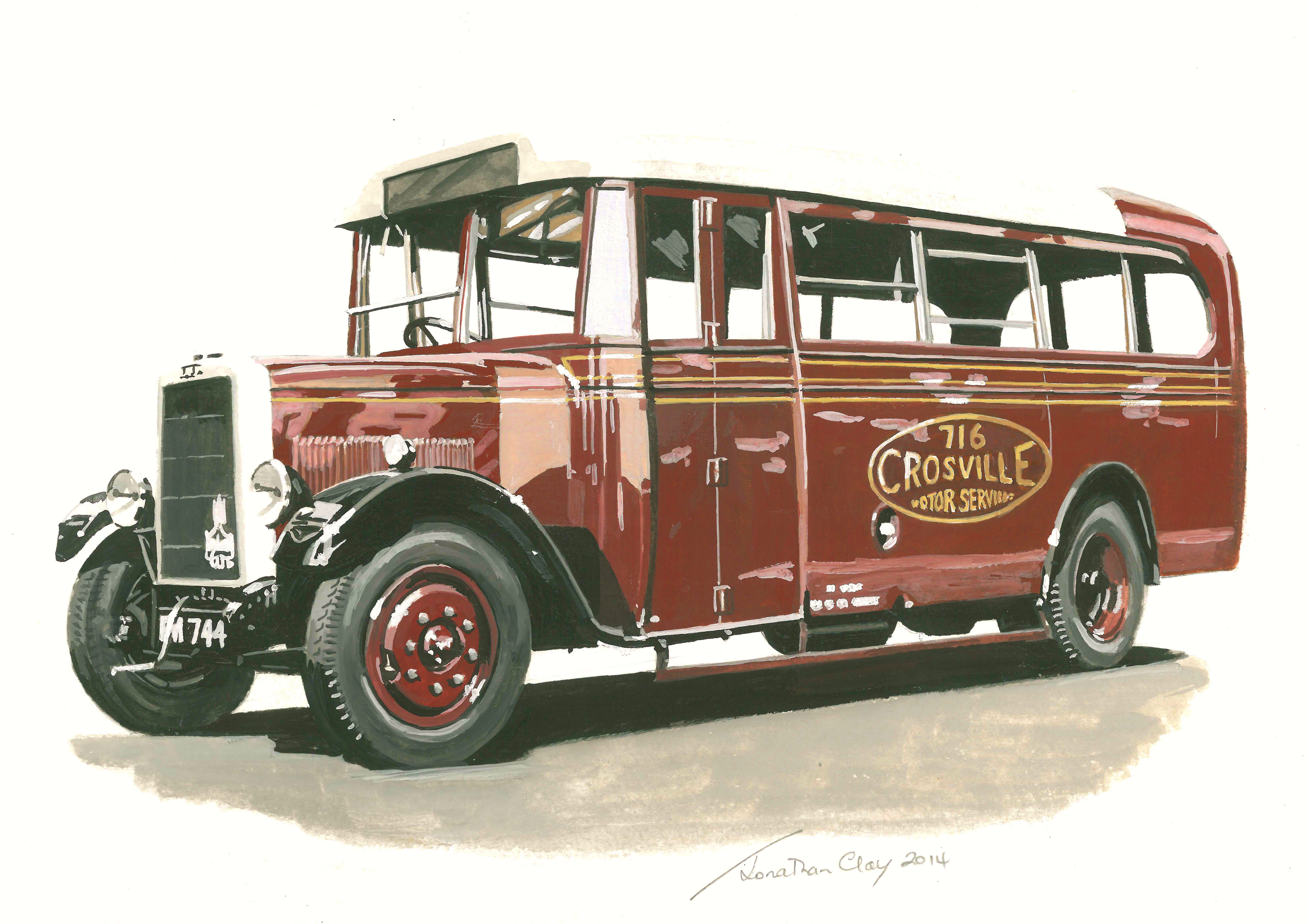
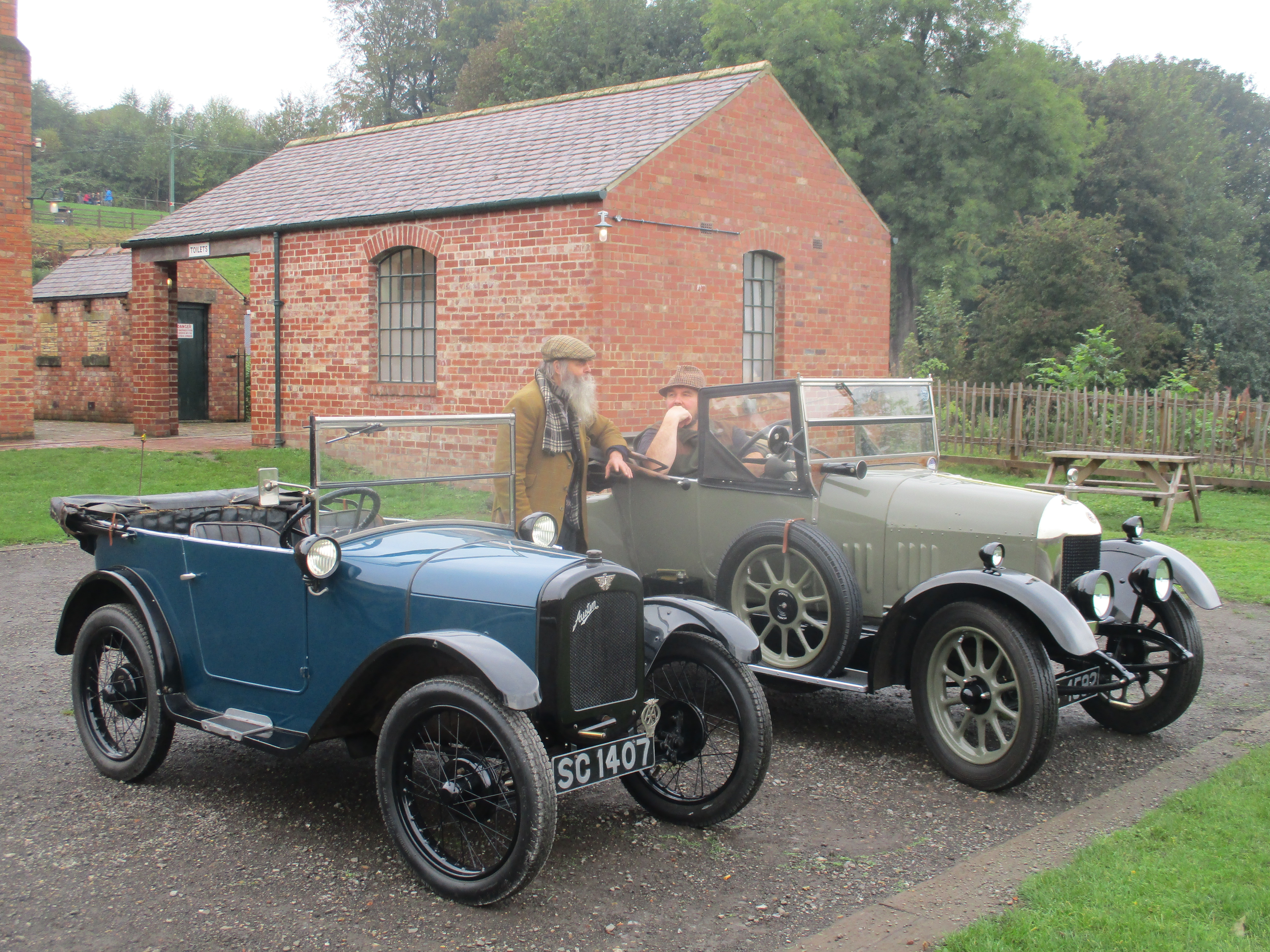
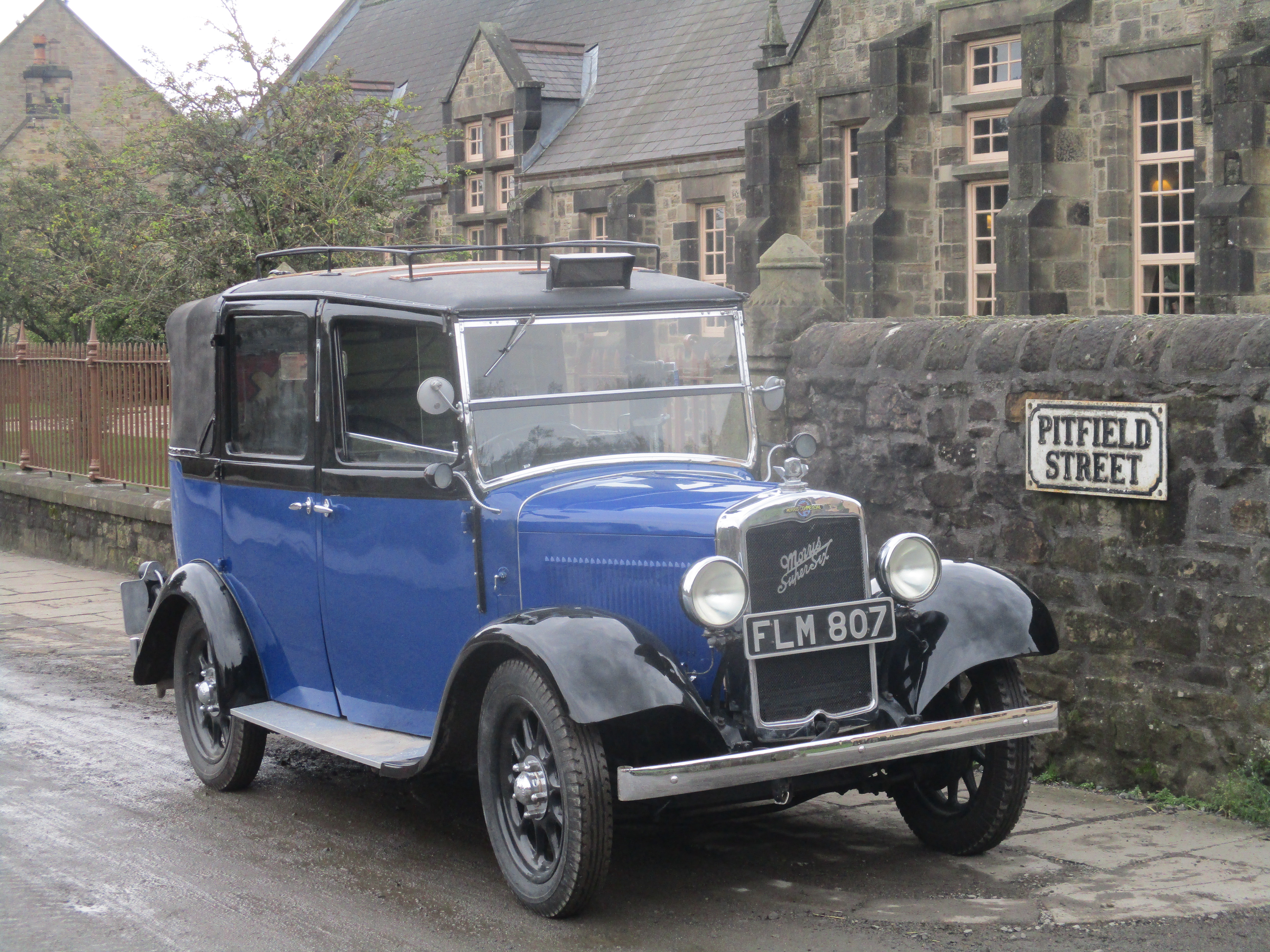
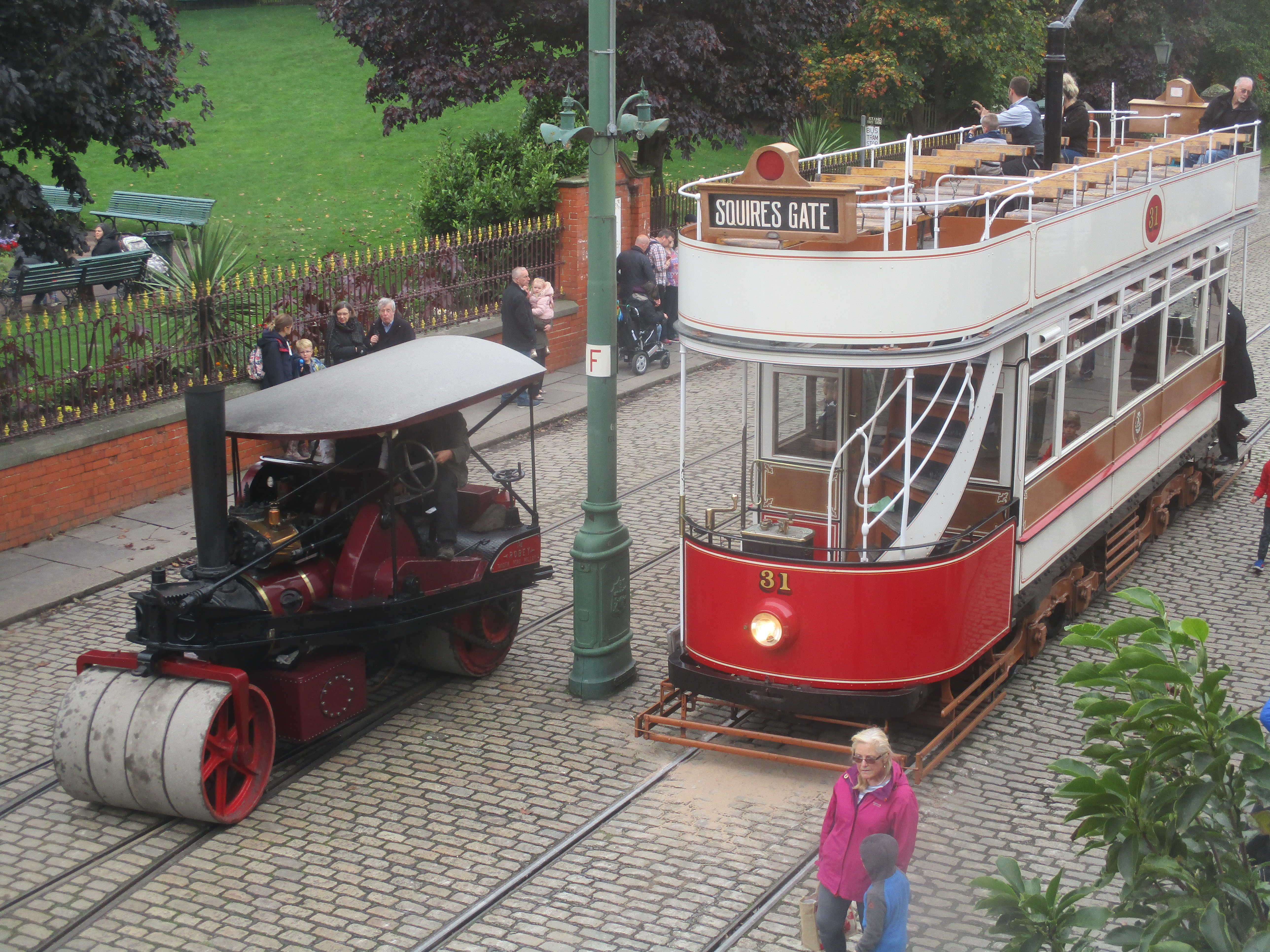
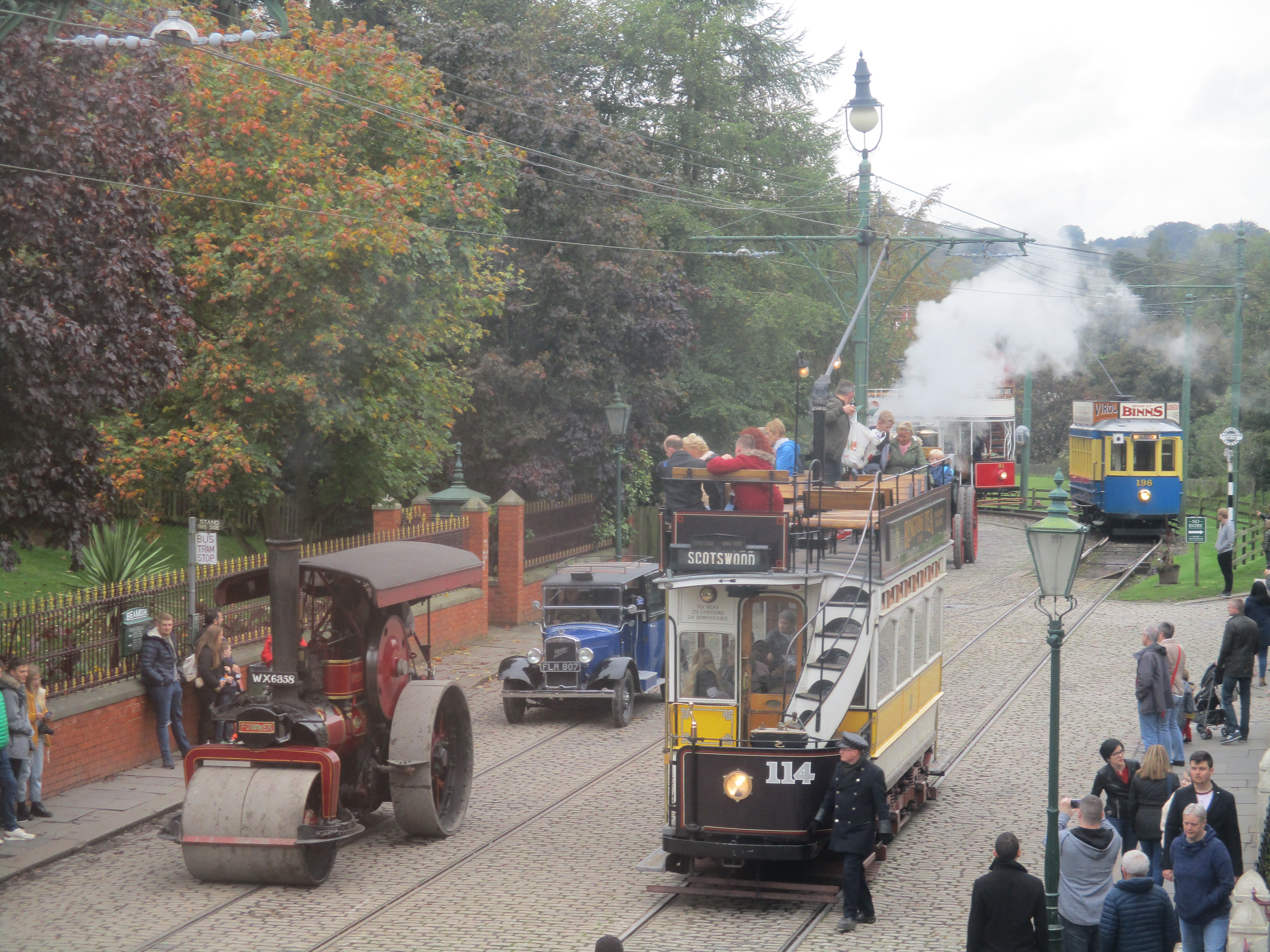
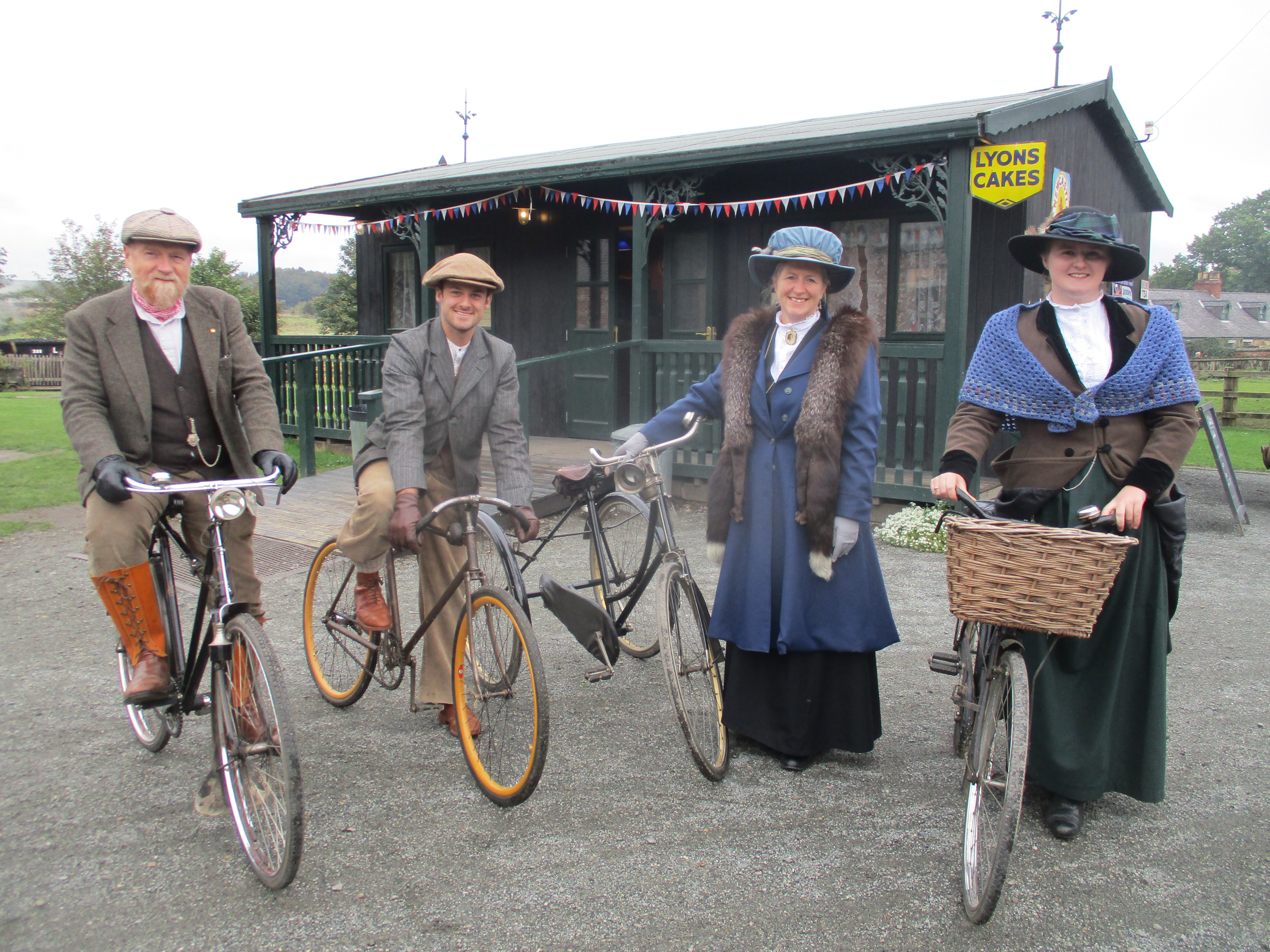

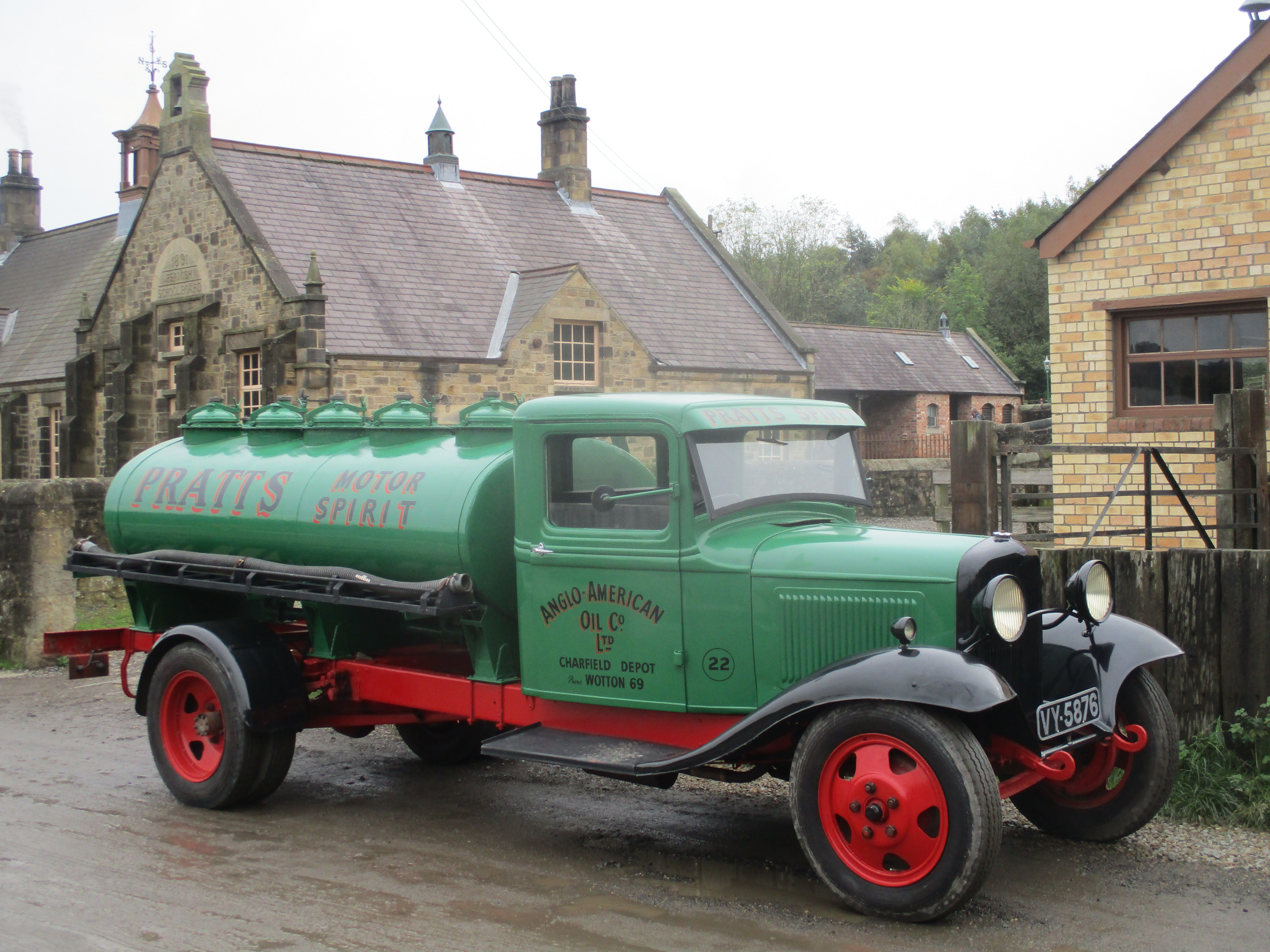
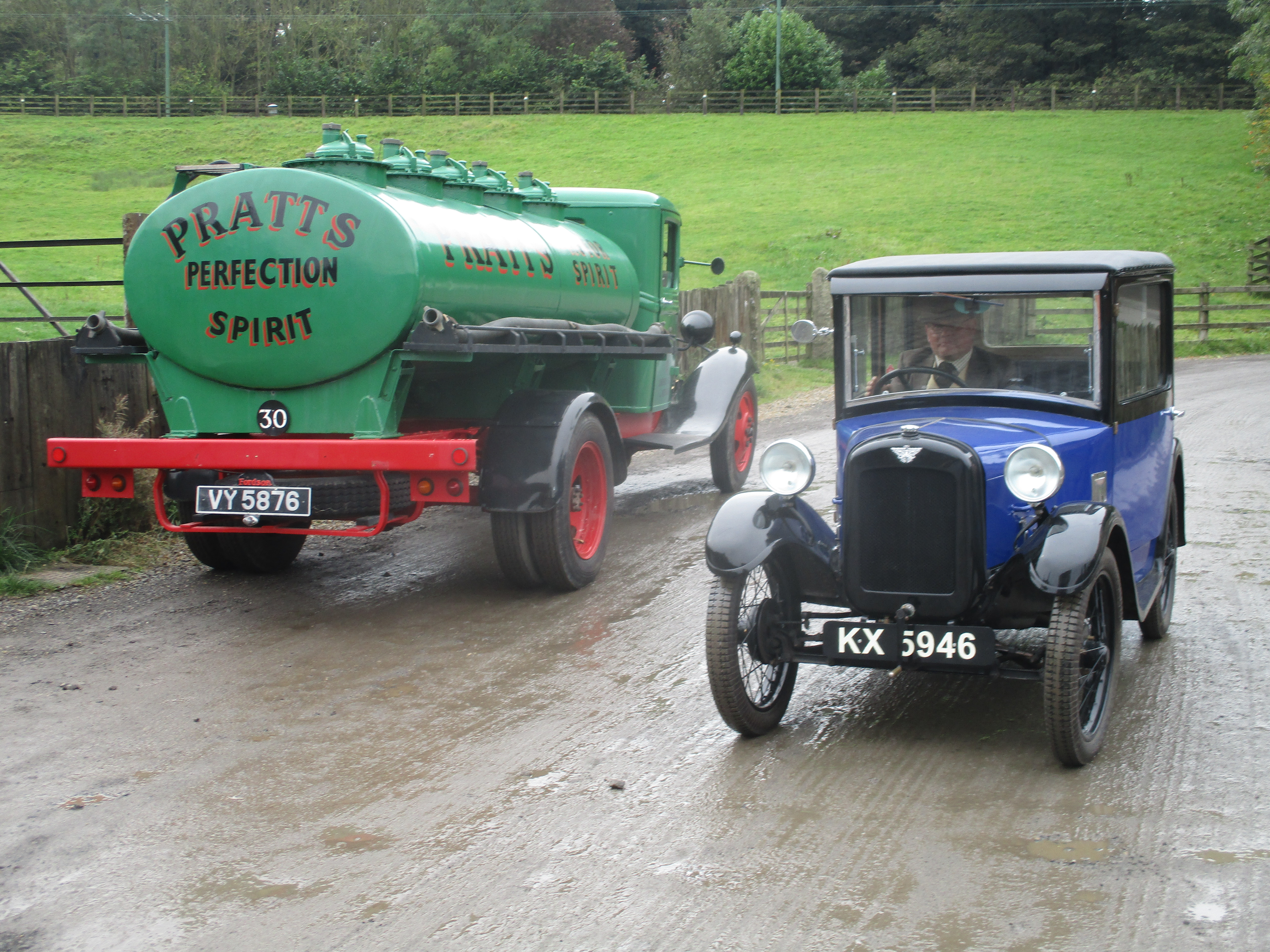





In afraid the Darlington Daimler No 4 was beaten to the honour of first half cab in Hownsgill depot by a week with the visit of NE B PT’s Northern Routemaster.
Full marks to all concerned with the ‘Brampton’ carriage! Plus the repainting of the GWR van. Always something new with Beamish transport. North Eastern Railway timber bodied hopper wagons at Rowley next in line for attention? Hope so!
Hi,
does the Bus depot Have a pit as i can’t see one in the photos.
thanks, Becca
Hi Rebecca, yes, there is a pit inside the workshop section of the depot. There are also mobile lifts available to lift anything from a car to a double-decker bus in size. Best wishes, Paul